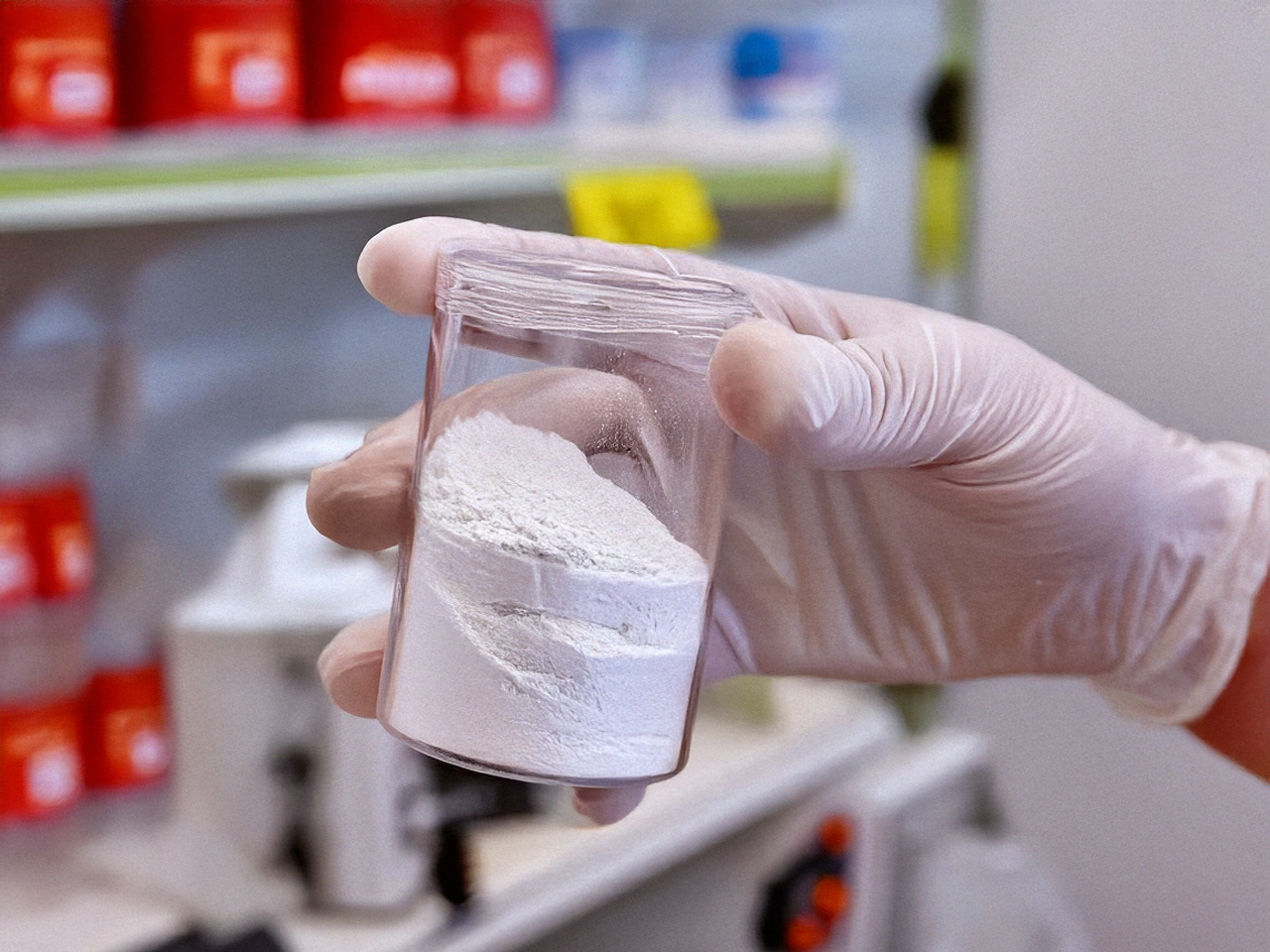Talc in the Food Industry
A functional additive for safety, flowability, and processing efficiency
Talc is used in the food industry as an anti-caking agent, carrier, and processing aid, particularly in powdered and dry food products as well as olive oil and gumbase production. Its natural lamellar structure and chemical inertness make it safe and effective for improving texture, handling, and shelf-life stability.
Talc is also used as an anti-stick coating agent in a number of popular foods including chewing gum, boiled sweets, cured meats, and for rice polishing.

Functional roles of talc in food applications
In food-grade uses, talc helps to:
Prevent clumping and improve flowability in powdered mixes, spices, salt, and sweeteners
Support thermal resistance in processes involving extrusion or drying
Serve as a carrier for aromas, colorants, or nutritional additives
Talc is also used as a glidant in food processing lines, reducing friction and improving throughput in powder handling systems.
Regulatory and safety compliance
EU Regulation 231/2012 (E553b as food additive)
FDA CFR 21 73.300 for use in food and chewing gum
Our MinTalc® range includes grades specifically developed for food use, with complete traceability and documentation.

Benefits for manufacturers
Using talc in food applications contributes to:
Improved product appearance and consistency
Reduced processing downtime due to better flow and handling
Extended shelf life by minimizing moisture pickup and agglomeration
Compliance with clean label strategies, as talc is a natural, inert mineral

Technical and commercial support
For inquiries related to products, documentation, regulatory compliance or specific technical requirements, please contact our team.
Formulari de Contacte 2025
"*" indicates required fields